Who We Are
Lara Tomaszewska, Ph.D.
Founder + CEO
Lara holds a Ph.D. in Art History from the University of British Columbia (2007) and her main areas of expertise are Canadian art, European painting (including Impressionism and early abstraction), American modernism, and contemporary art and photography. In 2012, she founded Openwork Art Advisory, a boutique advisory firm that specializes in building and shaping private and corporate collections.
With over 20 years in the field of fine art as an advisor, researcher, and appraiser, Lara has placed works by Henri Matisse, Andy Warhol, Jean-Paul Riopelle, Gordon Smith, Pierre-Auguste Renoir, Edvard Munch, Jonas Wood, and Damien Hirst, among many others. She is a member of the International Society of Appraisers (2012 – 2022), the Universities Art Association of Canada, and the Association of Art Historians (UK).
Lara founded ArtRow in answer to the art market’s need for transparent and independent sales that are grounded in both market intelligence and art historical substance.
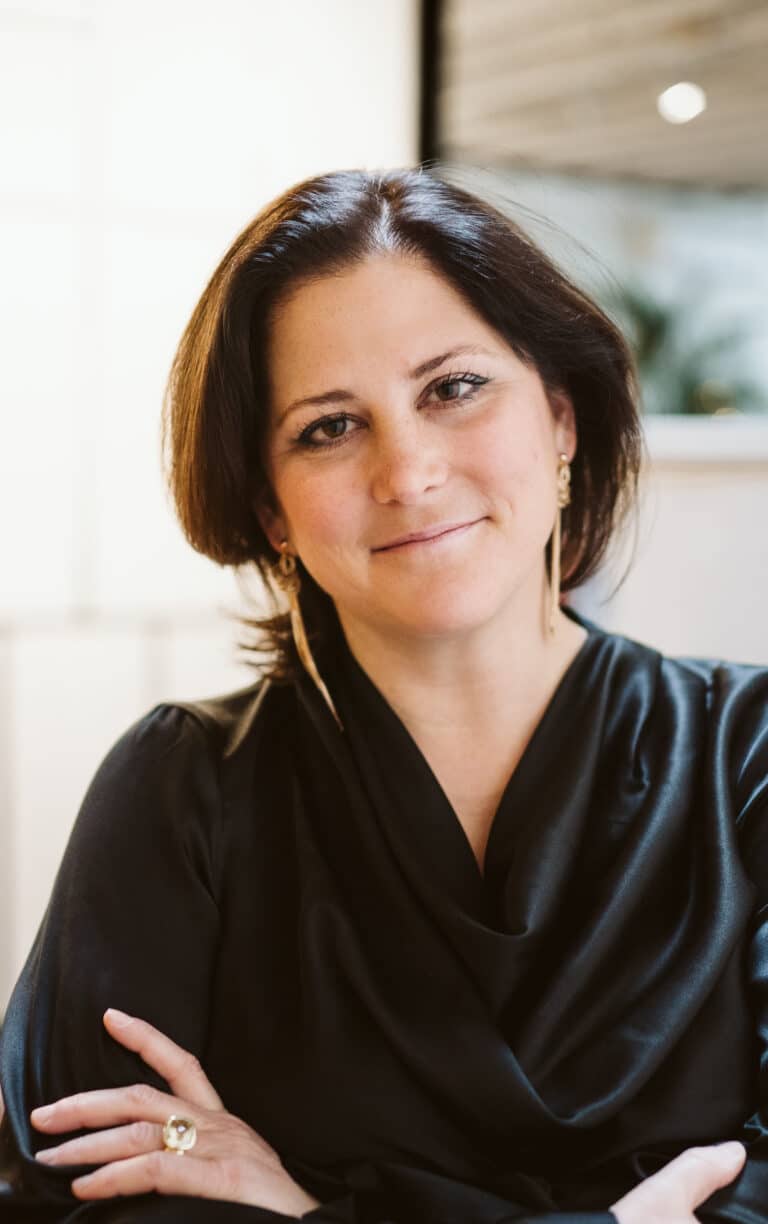
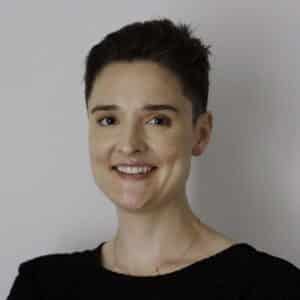
Allison Harbin, Ph.D.
Lead Art Historian + Director of Content
Allison is an art historian specializing in global contemporary art, postcolonialism, and intersectional feminism. In addition to providing writing, research, and content strategy for ArtRow, she is also a writer and education advocate. Allison completed her Ph.D. in Art History at Rutgers, the State University of New Jersey.
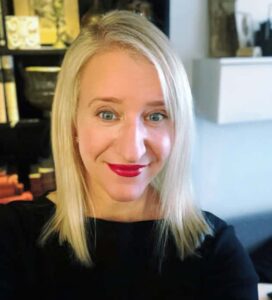
Dorothy Barenscott, Ph.D.
Senior Advisor,
Modern + Contemporary Art
Dorothy is a professor specializing in modern and contemporary art history at Kwantlen Polytechnic University (Ph.D., University of British Columbia). Her most recent publications include “Learning from Las Vegas Redux: Steve Wynn and the New Business of Art,” and co-editor of Canadian Culinary Imaginations.
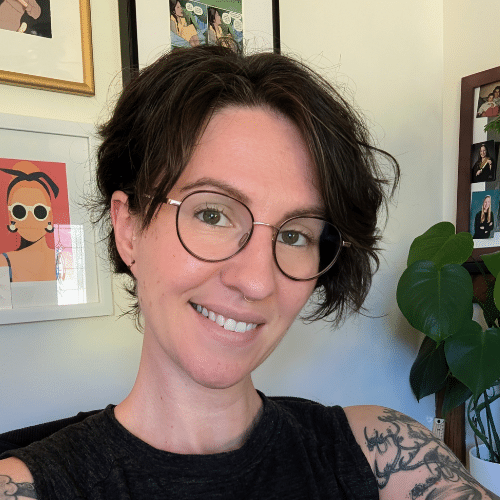
Shannon Kirk
ArtRow Writer + Editor
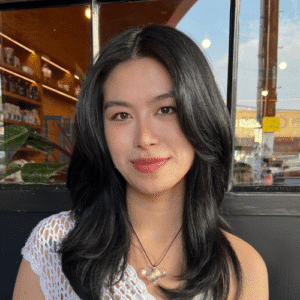
Linda Dai
ArtRow Contributer
Linda is a contemporary art aficionado based in New York. She earned her BA in Media Studies and Politics from Pomona College and is currently pursuing an MA in Modern and Contemporary Art: Critical and Curatorial Studies (MODA) at Columbia University. She is interested in critical and curatorial themes of space, time, and memory, especially surrounding works that infuse a plethora of old/new media. Linda has worked with various galleries and media groups in New York and Los Angeles. In addition to her contributions to ArtRow, she serves as a Head Editor for the MODA Critical Review and is an affiliated representative for the Crossing Art Collective.
Founder's Interview
As for many business founders, the pandemic acted like an incubator for my existing ideas and exacerbated trends already emerging in the art world. I understood that global conditions were giving rise to monumental shifts across all markets (think crypto in the financial sector) and the pandemic gave me time to crystallize my own vision as it related to the art market. As bricks-and-mortar galleries were forced to close, and in-person events came to a standstill, the lack of alternative mechanisms for sale was highlighted, and ArtRow was born.
“As bricks-and-mortar galleries were forced to close, and in-person events came to a standstill, the lack of alternative mechanisms for sale was highlighted, and ArtRow was born.”
My time as a graduate student, and then as a professor, provided me with a strong foundation in understanding and appreciating art through the ages – but I missed the contact with the art object itself that I got from my time working in galleries. There can be a disconnect between art academia and the art market, and throughout my career, I’ve been searching for opportunities to blend the two. Every piece featured on ArtRow is appraised through an academic or professional lens, while showcased in an open-market format.
“There can be a disconnect between art academia and the art market, and throughout my career, I’ve been searching for opportunities to blend the two.”
At the heart of what I do is connecting people to art they love. Art can be a lot of things to a lot of different people – a collectible, an investment, a statement, an expression – and I get to be a conduit in their finding whatever it is they’re looking for. Professional mediation and private sales are often reserved for works above a certain price point, but that leaves a lot of relevant historical and contemporary art that is under-represented or unmanaged. ArtRow is an opportunity for the everyday person to sell their own work in a marketplace that has been designed by art professionals, or to purchase art that has been given visibility and that might otherwise be unseen.
“ArtRow is an opportunity for the everyday person to sell their own work in a marketplace that has been designed by art professionals or to purchase art that has been given visibility and that might otherwise be unseen.”
The art market can be unpredictable yet, like all other markets and sectors, it is vulnerable to social, economic, and political forces. War, climate change, health crises, and technological innovations impact the flow of all trades – and art economy is no exception. What’s most salient to me is the largely positive trajectory toward democratization in global markets, and the potential for alternative systems to start to destabilize power strongholds. Collectively, we’re no longer beholden to institutions that only work for a select few. With this, diverse people in any corner of the globe have an opportunity for visibility – people of color, indigenous people, LQBTQ+, girls and women, and the list goes on. ArtRow lives against this backdrop. I have studied or worked in London, Vancouver, Paris, Warsaw, and Toronto – no doubt, national centers of visual art and culture. But now, with markets “decentralizing” through the promise of digital capabilities, anyone can experience art and participate in the art economy. I see an exciting future – one in which we can hold the art world in our hands.